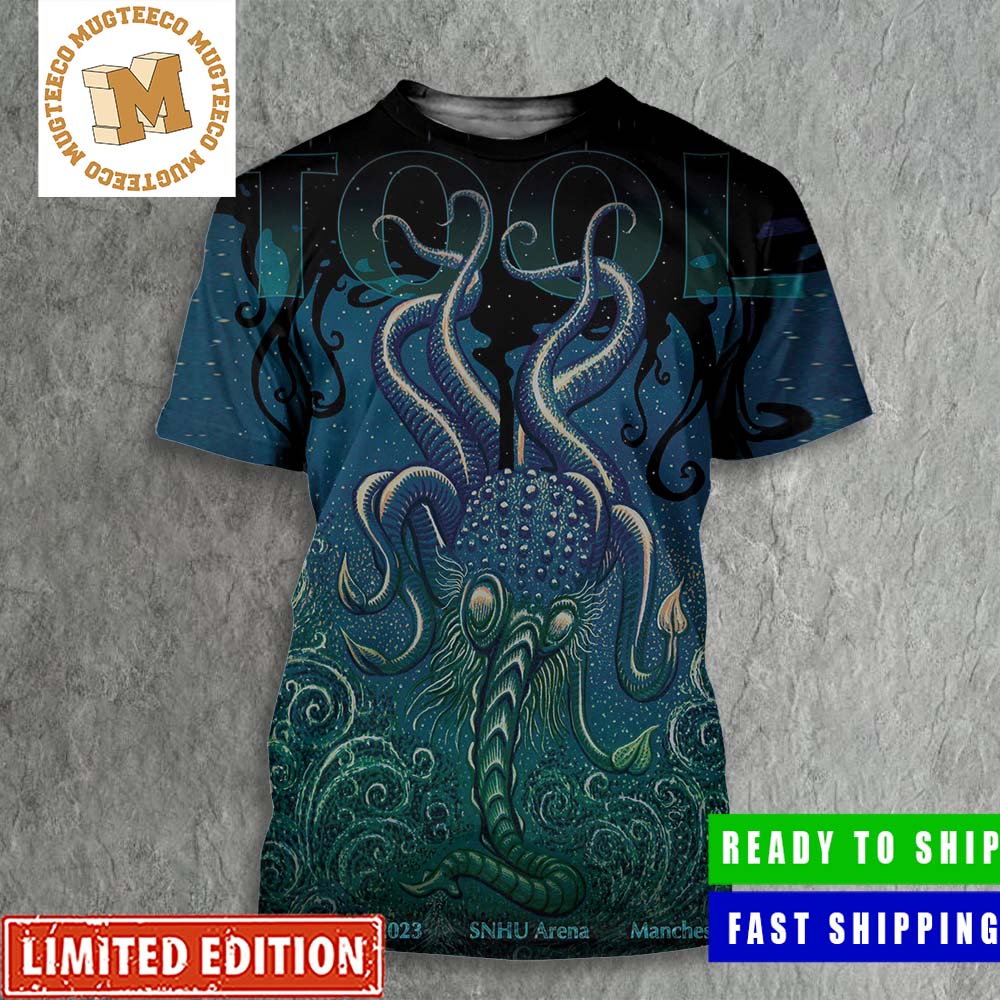Cheap Buy Now: https://is.gd/jdY6td
‘The Creator’ Director Gareth Edwards’ Unique Take on the Future

20th Century Studios’ The Creator, now in theaters, is an epic sci-fi action thriller set amidst a future war between the human race and the forces of artificial intelligence (AI). Directed, produced, and co-written (with Chris Weitz) by acclaimed filmmaker Gareth Edwards, the story is eerily prescient in that it grapples with questions about what it means to be human, whether humans should embrace or fear AI, and whether the two can coexist. “I’ve always been interested in those sorts of questions,” Edwards says. “My favorite science fiction films always have meat on the bone. The genre takes in aspects of the world and twists them slightly, and so it certainly makes you question all your beliefs and previous assumptions.”
The Creator is set in the year 2070, after AI has decimated the city of Los Angeles. Western governments respond by wholly banning AI, while Eastern nations continue to develop the technology to the point where robots have become sentient and embraced as equals. The story picks up when Joshua (John David Washington), a hardened ex-special forces agent grieving his missing wife, Maya (Gemma Chan), is recruited to hunt down and kill the Creator, the elusive architect of advanced AI who created a mysterious weapon with the power to end the war—and mankind itself. Joshua and his team of elite operatives cross enemy lines, into the AI-occupied territory, only to discover that the world-ending weapon he’s been instructed to destroy is AI in the form of a child, Alphie (Madeleine Yuna Voyles).

To bring Edwards’ vision of the future to life, the production traveled more than 10,000 miles to 80 different locations across Cambodia, Indonesia, Japan, Nepal, Thailand, Vietnam, the U.K., and the U.S. “I wanted it to feel as realistic as possible—not use green screen, not use motion capture suits, but go to real villages and temples all around the world and shoot the actual journey the characters go on,” Edwards says. “When you do that, you don’t want to delete everything you’re seeing, because it’s so rich, beautiful, interesting, and sort of alien, in a way. You want to let the world into the shots. Something I learned from [Disney Legend] George Lucas is that you want to change about 25% at most and let the rest stay as is. We tried to keep the sets open as well; we didn’t close the roads or the beaches. We let villagers come and go. It’s not a documentary, but it has a naturalism to it.”
Rather than design the film up front, Edwards—who spent the first decade of his career as a visual effects artist—took the unconventional approach of saving the post-production design work until after filming had wrapped. “It’s actually way easier to do it backwards,” Edwards explains. “Here’s my bad analogy: People normally make a film by painting a target on a wall. Then, they stand back with a bow and arrow and try to hit a bullseye—and they usually miss. What I was trying to do was stand back, fire an arrow at a wall, and wherever it hit, paint a bullseye around that and make it look perfect. To do that, we shot lots and lots of material. The first cut was about five hours, but then we could edit the movie without caring about the effects or the design. It allowed us to see the most beautiful things that worked the best. Once you’re there, you can start to design the film.”

Admittedly, after Edwards finished directing Lucasfilm’s Rogue One: A Story Wars Story (2016), he became “kind of obsessed with camera technology”—and that obsession led him and director of photography Greig Fraser to develop a revolutionary lightweight camera system for The Creator that has multiple configurations, allowing them to shoot on the go and still deliver a high-resolution image. “This camera can shoot at 12,800 ISO, so you can see in moonlight,” Edwards says. “With a camera this sensitive, you can use very small lights to light your scenes.” This meant the LED lights didn’t need to be affixed to giant, heavy equipment that often required hours to set up and later rearrange. Instead, the best boy would simply hold the light on a pole (much like a sound recordist would hold a microphone)—and as the actors would move around, the lighting would instantly adapt. “We had to do a little test to prove it to the studio,” Edwards says, laughing, “because obviously it sounds a little crazy.” After Industrial Light & Magic polished Edwards’ test footage (“They were surprised by how efficient it is”), New Regency greenlit The Creator.
Edwards’ big bet paid off, with critics calling The Creator “breathtaking” (Forbes), “a masterpiece” (Screenrant), and “the best sci-fi film of the past decade” (ComicBook.com). With the film now playing in theaters, Edwards hopes it will inspire audiences to ask themselves the very same questions that inspired him to write and direct it. “I think we’ve all got it wrong. We spend 99% of our lives worrying about food and money and nonsense,” he says. “Now and again, you’ll have a drink with a friend, and you end up chatting about the universe. Films are great opportunities to take those really profound ideas and put them in a story in a way that won’t overwhelm you but will make you think.”


Không có nhận xét nào:
Đăng nhận xét